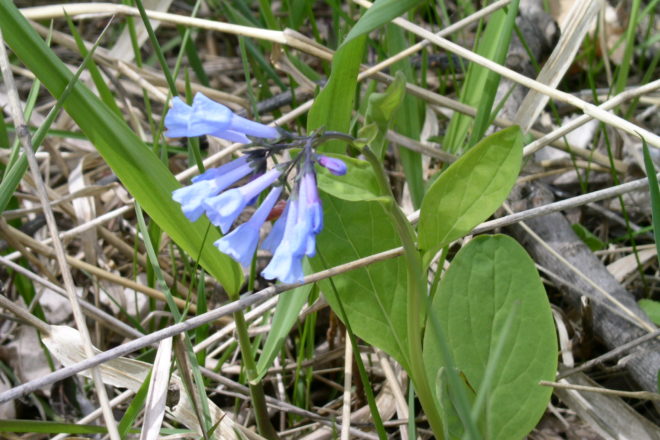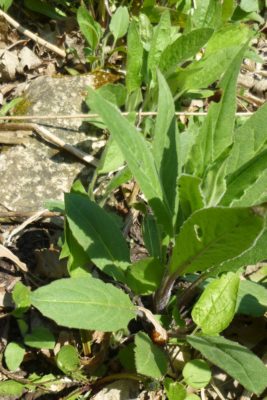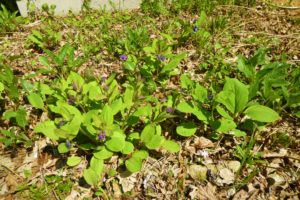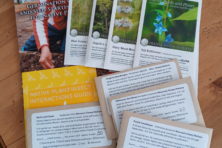Going Native: Enjoy Bluebells Next Spring
- Share
- Tweet
- Pin
- Share

By Peter Sigmann
Virginia Bluebells (Mertensia) are native to all of eastern North America, but they especially like Door County. They are rare in the protected areas and woods but more common along roadsides, possibly as escapees from gardens.
Bluebells are typical “spring ephemerals” that leaf out and bloom in early spring, set seed and die back to the ground by early summer. In the process it displays several colors: the furled leaves are burgundy red at first, the flower buds pink and the color of the bluebell flowers are of the coolest blue imaginable, making a good contrast to white anemones or bloodroot.

Bluebell plants are long-lived in spite (or because) of their long periods of dormancy. They expand slowly to form beautiful colonies that return reliably year after year. They are tolerant to frost. Bloom lasts longer in shaded locations and when spring is longer and cooler.
During dormancy the bluebells yield their above-ground space to summer blooming plants, such as various sunflowers, coneflowers, beardtongue or bee balm. If mowing is delayed until they are wilted they may also do well in a lawn setting.
The home gardener will be interested in growing bluebells because of their unique color and their life cycle. Obtaining seeds requires good timing. Seeds are ready for harvesting and immediate sowing just before the plant is totally wilted.
When moths and bumblebees, the principal pollinators, are late to emerge seeds may not be produced. That appears to be the case in the current year.
Transplanting is easier but also requires careful timing. When the stem and leaves are wilted the roots will have received enough sugars from sunshine and chlorophyll to go into dormancy. Now is the time to excavate the carrot-like taproot, because later it will be hard to find.
Digging deep with a narrow trowel around the base of the wilting stem should produce a plug of soil  containing the root, which can be moved to a suitable like-sized hole, watered in and forgotten until spring. Not much harm is done if part of the root breaks. This strategy is appropriate when a colony has become large or when plants are arising in an unwelcome location.
containing the root, which can be moved to a suitable like-sized hole, watered in and forgotten until spring. Not much harm is done if part of the root breaks. This strategy is appropriate when a colony has become large or when plants are arising in an unwelcome location.
Nursery-grown plants can be introduced where no bluebells are found for transplanting. They are best planted in early spring.
Bluebells are maintenance free. Without being aggressive they establish lasting colonies over a period of two to four years – a rewarding project of natural landscaping.
Peter Sigmann is president of the Door County chapter of Wild Ones.
“Going Native” is an occasional series from the Door County Chapter of Wild Ones. Wild Ones: Native Plants, Natural Landscapes promotes environmentally sound practices to encourage biodiversity through the preservation, restoration and establishment of native plant communities. The Door County chapter of Wild Ones aims to share knowledge and experience in natural landscaping by means of nature walks, yard visits and lectures. For more information visit wildones.org.


